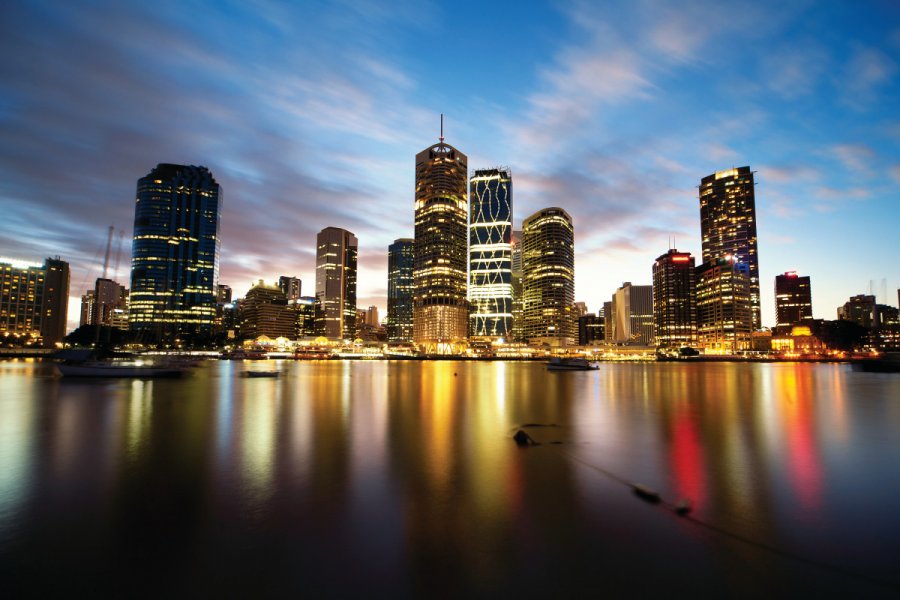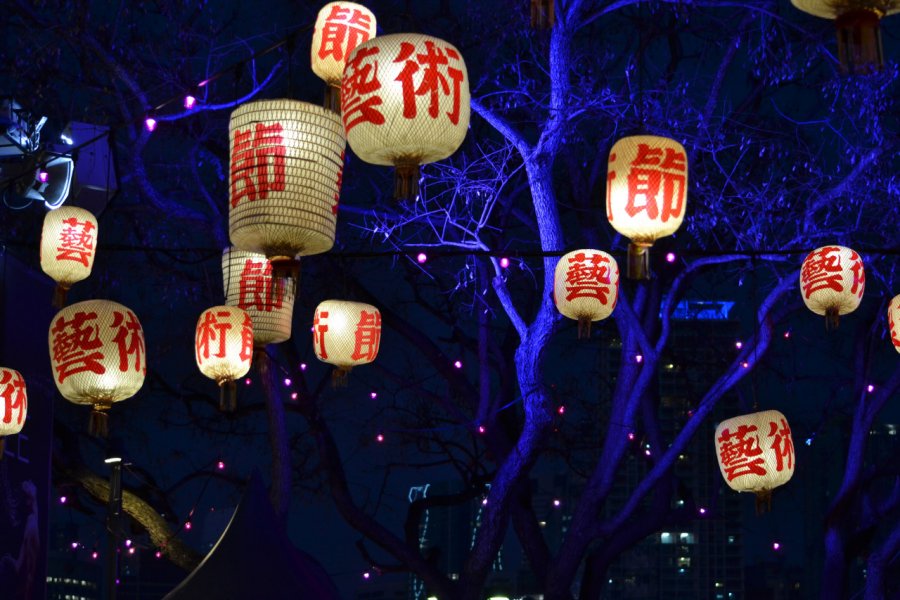Travel Guide Brisbane
Find an accommodation
Advertising
By the early 19th century, Sydney's penal colony had grown to such an extent that the authorities were forced to look for new, more remote territories in which to isolate the most recalcitrant prisoners. In 1824, the authorities set their sights on Moreton Bay. Free settlers were only allowed to settle within an 80 km radius of Moreton Bay. In 1842, with the prison closed and its prisoners transferred elsewhere, the region was declared an open area for free settlers and the land was sold. In the late 1880s, Brisbane expanded and became the economic center of Queensland. Bridges linked the city's northern and southern districts, warehouses lined the riverbanks and an imposing customs building was erected. This prosperity is still evident today, in the Victorian churches and colonial architecture of many of the buildings. In 1988, the bicentenary celebrations of Australia's colonization gave the city a new lease of life, and the huge success of the World Expo brought millions of visitors. Some of the buildings erected for the Expo have been preserved on the south bank of the Brisbane River, in the heart of the city, a stone's throw from the City. With its 2.6 million inhabitants, Brisbane is now a pleasant destination that is preparing to host the Summer Olympics in 2032. We recommend taking the free CityHopper ferry to get your first taste of the city. It operates between 5 a.m. and around midnight.
What to visit Brisbane?
Advertising
Weather at the moment
Advertising
Organize your trip with our partners Brisbane
Transportation
Book your plane tickets
Car Rental
Boat rental
Accommodation & stays
Find a hotel
Holiday rental
Find your campsite
Tailor-made trip
Immersion travel
Services / On site
Activities & visits
Find a doctor

















